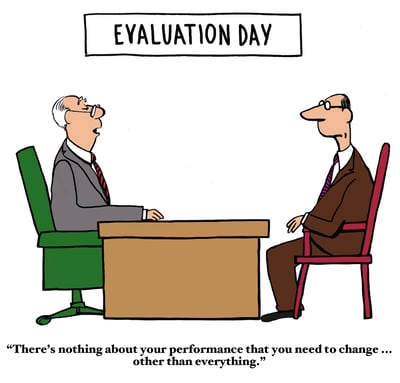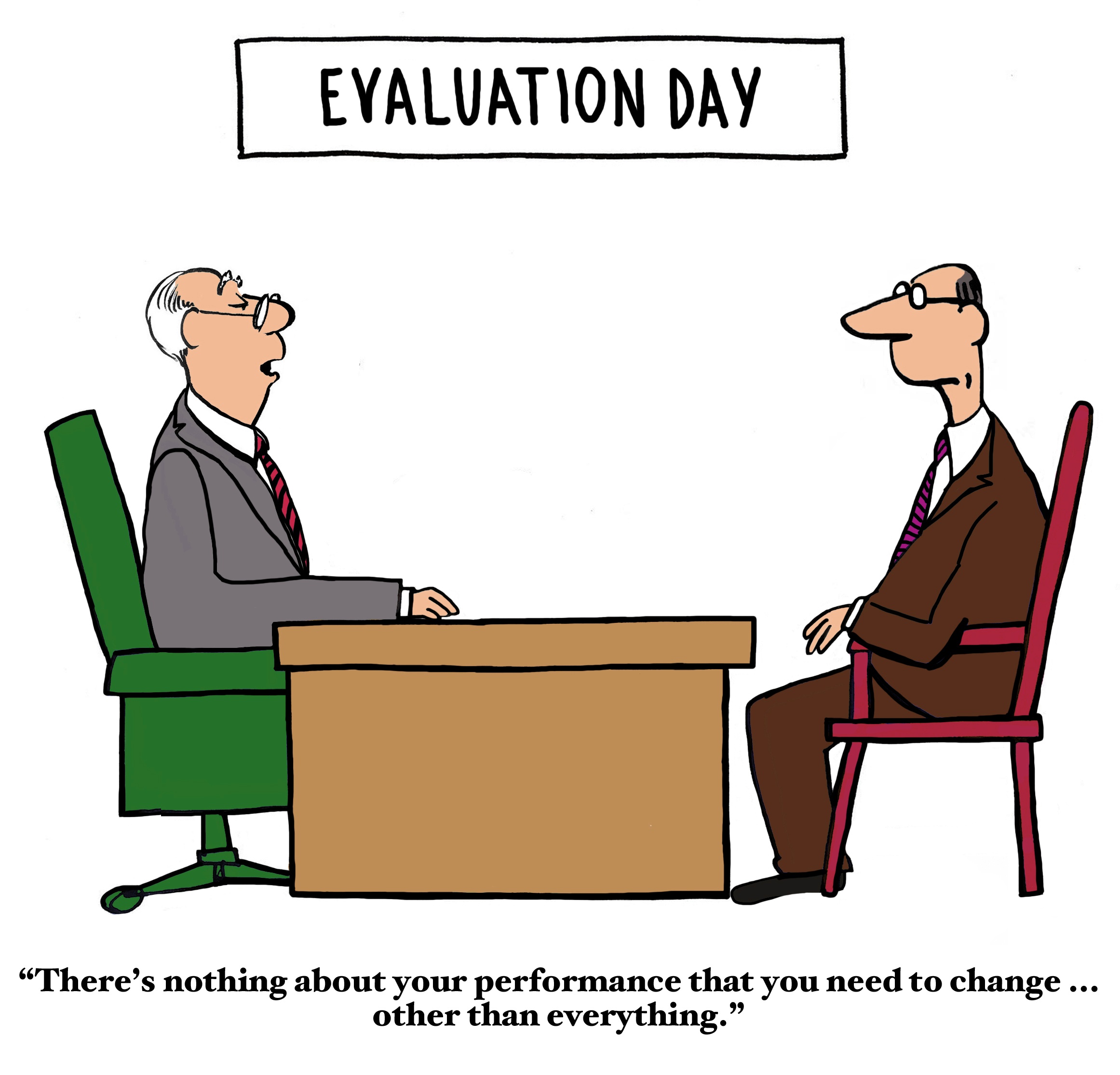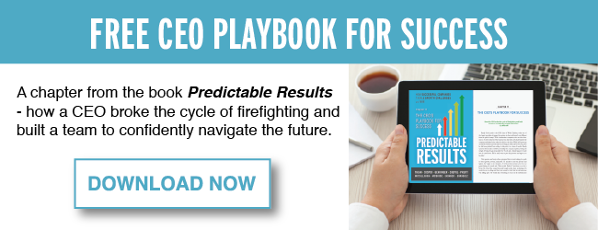If you’re a leader, you probably dislike the annual review process. In fact, if you’re like most leaders,  you probably hate it. There’s nothing more effective to ruin your end of year holiday spirit than struggling to create performance reviews for your team members. Oh yeah, and then the face-to-face delivery of the message where anyone labeled anything but great has a chance to dispute your opinion.
you probably hate it. There’s nothing more effective to ruin your end of year holiday spirit than struggling to create performance reviews for your team members. Oh yeah, and then the face-to-face delivery of the message where anyone labeled anything but great has a chance to dispute your opinion.
Companies large and small, in all industries, are making a dramatic shift. And, why not? Performance feedback and reviews were designed for a bygone era, a time when communication was by pony express, telegraph, typewriters, etc. It was an effort to (begrudgingly) let the employee know how they were performing, where they needed to improve, promote conversation on how that should happen, and later evolved to include discussion of coaching and mentoring, map a path to get there, and to look for check points along the path.
The employee reality is that the above never happens. Not in their opinion. Face-to-face reviews are often late (I know, what could be later than one time per year?), they rarely promote conversation since they are often one-sided, and although a follow up plan may have been recorded, it is rarely followed up on. Oops, now it’s next year, so let’s start the process again. This sounds a lot like New Year’s resolutions … and just about as effective. In addition to the fact that your management team is now stressed, this process is close to worthless in application; it ruins the manager’s holiday and lowers the employee's morale.
Happy New Year, welcome back, now get to work, and in your spare time, complete those pesky performance reviews by January 15th. Check the box, get it done, get back to your priorities, and before long, you'll forget about it. HR needs to face the brutal fact – this process is from a bygone era and adds little to no value.
Research has shown the general practice of annual performance evaluations to be ineffective, unreliable and unsatisfactory for (apparently) all involved. There has to be a better way. So, what is the better way? You’ll gain a hint in recently published stories and headlines:
Get Ready for Year-Round Job Performance Reviews – February 2016 Kiplingers Personal Finance "With more real time feedback and coaching, you can constantly be looking for opportunities to exceed expectations or to correct course."
Deloitte, adviser to businesses around the world, has taken just under one year to redesign its employee review process as seen in Harvard Business Review and Washington Post articles.
I’ve found as companies grow, complexity also grows naturally, and growth logically requires more structure in handling people. There are magic numbers of employees (30, 50, 100+) where we find leaders struggle, alignment breaks down, and companies are at employment risk. Often the goal of the small business is to hire the first HR person at half-time and to grow them into full time, all the while dreaming of a large corporate structure to handle this "people thing." And anyone who has been there realizes that this is a tough task. Meanwhile, what do you do with only 5, 15, 30 employees?
The right answer will effectively guide you from five employees to 50,000 because it allows you to scale the approach without having to wait for the perfect HR Director. It allows you to start now, and if you already have that HR Director, it allows that person to leverage great effort from a small staff for even faster gains. The answer is to build High Performance Teams, and the path to doing that includes setting clear goals and expectations up front, providing constant access to performance information along the way (Rhythm dashboards are great for this), providing coaching and feedback in real time if an employee gets stuck or needs help, and creating habits and rhythms for your teams to collaborate and break through performance barriers as they arise.
Here are just a few of the benefits of building and empowering High Performance Teams with constant performance feedback:
- Forces current conversations so employees have some say in the success criteria, get routine feedback, and are more engaged.
- Allows quick realignment when business circumstances change so the team can move fast on new opportunities or to meet looming challenges.
- Minimizes wasted effort by leaders and employees.
- Helps create a sense of owning the company or department direction, and belonging to the company family.
- Offers framework for meaningful career guidance.
- Changes the mental link between a pay raise and review. Most find it helpful to disconnect their pay discussion as a separate meeting.
- Creates more opportunities for coaching, mentoring, learning, promoting, and when necessary, firing.
As a high performance leader of a fast growth company, it’s time for you to implement High Performance Team conversations. Stop looking (and talking) backward while your company is moving forward. Create a discipline and cycle of setting priorities and clarifying expectations quarterly with clear success criteria and constant visibility of individual results. This constant access to information and results will create a rhythm of accountability, constant conversation, and facing brutal facts.
Help HR handle the truth about what works when talking performance with your people; setting clear expectations and driving personal accountability rather than handing out ratings and numbers once a year.
Photo Credit: iStock by Getty Images
Photo Credit: iStock by Getty Images



 LinkedIn
LinkedIn
 Facebook
Facebook

